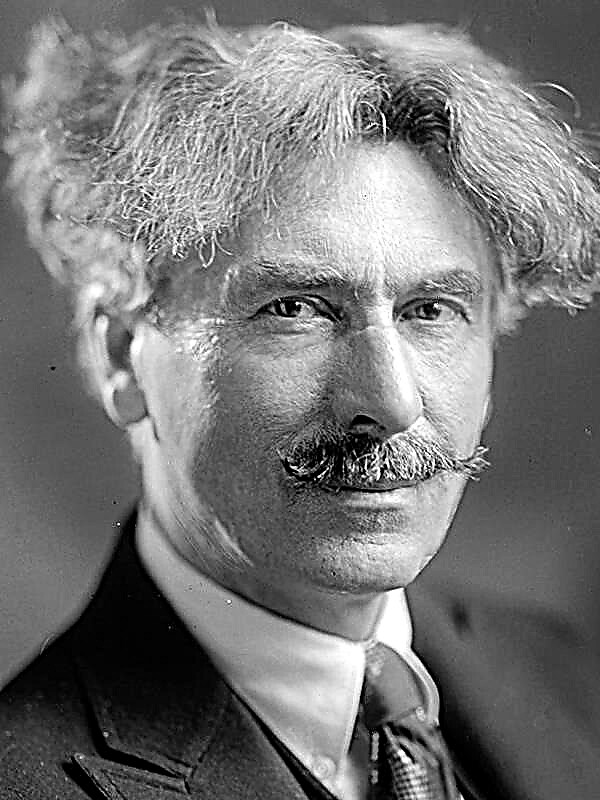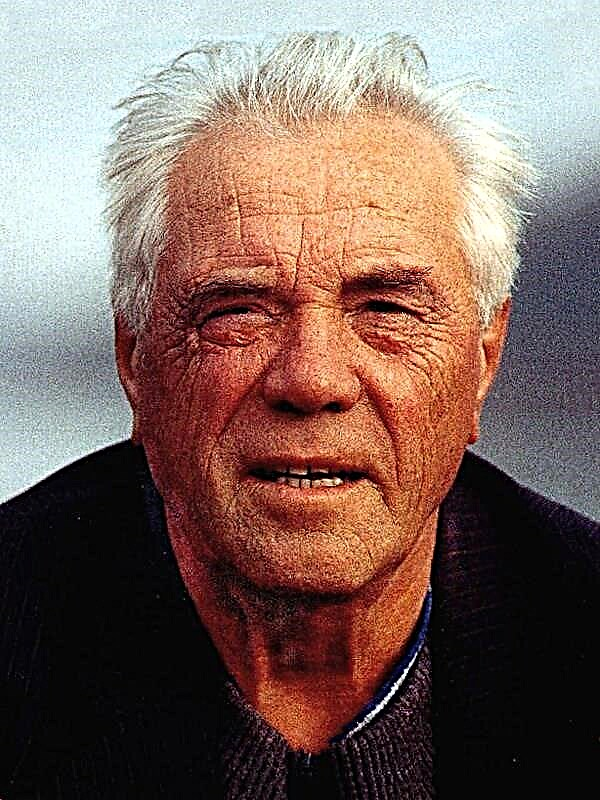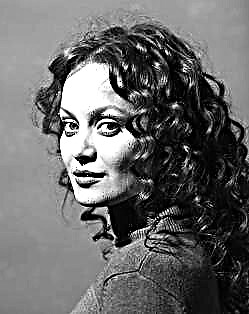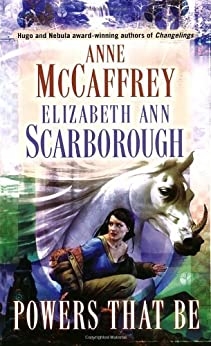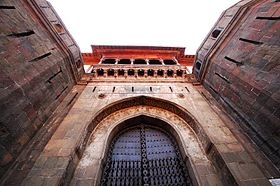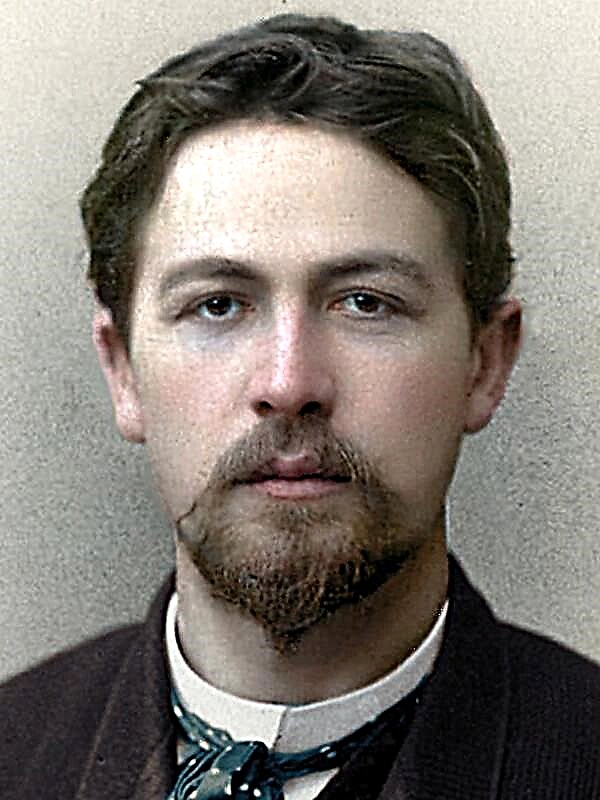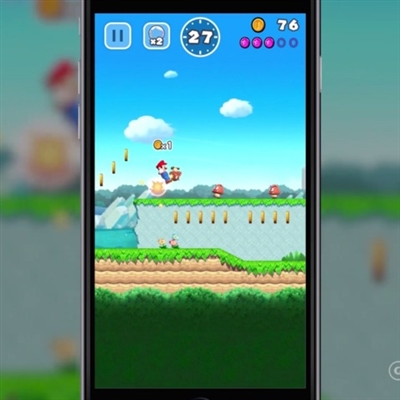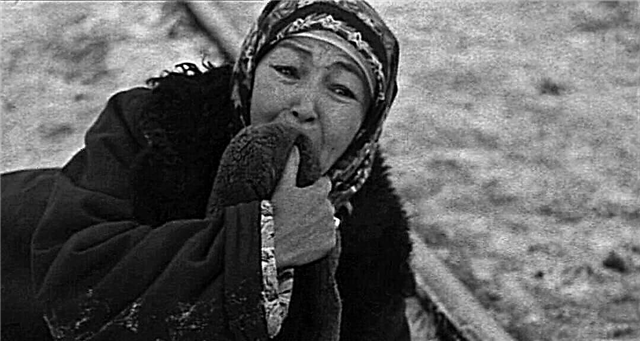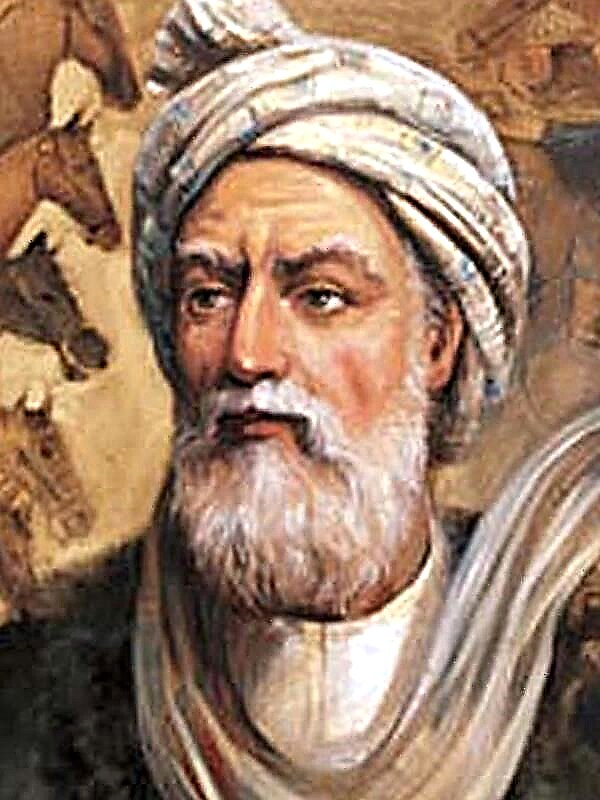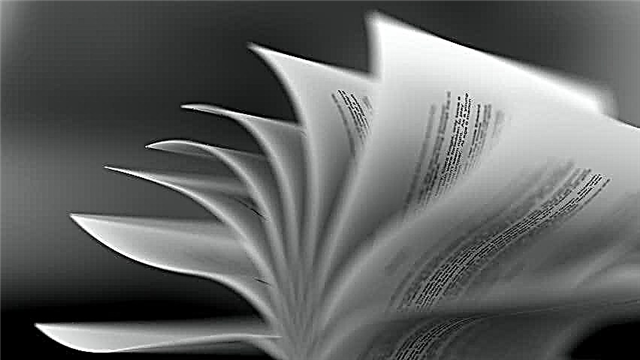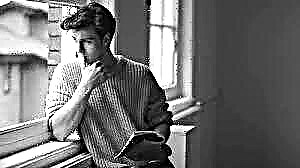Boris Leonidovich Pasternak is without a doubt one of the greatest figures of Russian literature of the 20th century. Starting his career as a futurist poet, over time, Boris Pasternak moved away from this genre, not sharing the slogans about the isolation from the work of 19th-century figures, which allowed the author to reveal himself in his original style. His lyrics are full of penetration, imagery, and the poem “There Will Be Nobody in the House” written in 1931 can serve as an example of this.
History of creation
The poem was published in 1932 as part of the collection "Second Birth". It is dedicated to the period of Pasternak's life, which can be characterized by bright and long-term love relationships with Zinaida Neigauz, who became his wife in the year the book was published. At the time of the emergence of feelings, lovers were already in their own marriages, and Zinaida's husband - pianist Heinrich Neigauz - was a close friend of Boris Leonidovich. The break with former families caused the poet's difficult experiences, which was reflected in this poem.
Relations with Zinaida Neigauz were the longest in the life of Pasternak. Even after the separation of the spouses from each other (after the beginning of the poet’s romance with Olga Ivinskaya) Pasternak did not dare to break off relations with his wife, and she remained with him until his death in 1960.
Direction, genre, size
At the time of writing the poem, Pasternak had already positioned himself as a poet who was “outside the groups”, which is felt in the theme and construction of the work, which is extremely far from the ideas of futurism and modernism. The poem is a prime example of love lyrics inspired by the works of the classics of the Silver Age. However, it is devoid of sentimentalism and frivolous romance, which were characteristic of the literature of that time.
“There will be no one in the house” was written by a six-foot chorea; its structure is characterized by the author’s use of a cross rhyme. Using this size allows you to achieve the necessary rhythm that mimics the heartbeat of an excited hero.
Images and Symbols
The image of the lyrical hero of the poem is a man in confusion, deeply immersed in his thoughts and experiences. The main condition that the character is experiencing is loneliness. It is nourished by a man’s guilt feeling (parting of Pasternak with his first wife), uncertainty about the future gradually develops into a mental stupor. The hero is surrounded only by silence and darkness, in the house, besides him, there is nothing and nobody, “except twilight”.
The first half of the poem is devoid of any action, it is intended to create the image of a lonely, lost person, deeply immersed in himself. However, in the second part, after the moment when the character thinks about the reasons for his experiences, the author introduces the hero’s hope symbol - his lover. Without describing it in detail, Pasternak creates only an image that should create resonance with everything that nourishes an uncomfortable atmosphere that immerses the hero in his gloomy thoughts. The appearance of the beloved symbolizes the man’s faith in a bright future. The ending of the poem is open, so the hero’s hopes remain his hopes, which adds sensuality to the work.
Themes and moods
The main theme of the work is the theme of love. Pasternak was deeply worried about the situation that arose after the break of lovers with their former families, and this situation is one of the leading leitmotifs of the poem. The hero reproaches himself for the events that are happening, is insecure about his future - having abandoned the past, he is in limbo, doubts the correctness of his act.
The theme of loneliness is also obvious: in the struggle with himself, he is one on one, and no one can help him make a choice.
The mood of the poem moves from heavy loneliness, almost growing into despair, to the appearance of a sense of hope that saves the hero from his inner confinement.
Idea
The main idea of the poem is the spiritual revival of the lyrical hero. Pasternak says that no matter how difficult the situation is, there is always hope for a bright future. Describing his deep lostness and loneliness, he shows that immersion in oneself can tear a person from life, put him under lock and key, and hope is what allows him to get out of his inner cage.
The meaning of the work in the triumph of love over doubts, loneliness and emotional throwing of a person. IT comes, and everything around, even winter, takes on gentle, light and pleasant outlines, magical colors. All that was before this arrival was a dream, the last haze of which melted in the night.
Means of artistic expression
A large number of epithets help to convey the mood of the poem, describing the environment surrounding the hero - he is alone in the house, everything around creates an uncomfortable, restless atmosphere in which the person experiences a whole range of emotions - from the despair that feeds on his loneliness, to the feeling of hope that a character has when thinking about the appearance of his beloved.
Parsnip uses details characteristic of the winter season, such as snow, cold, hoarfrost, with their help achieving the effect of emptiness, internal numbness, emphasizing the isolation, the lost character of the protagonist.
A large amount of white color in this description gives it the value of a "cold" shade. Also, the author actively uses anaphora, such as “and again wraps hoarfrost, and again wraps me ..”, “and again chopped ..” to create a feeling of hopelessness and the subsequent contrast with the second part of the poem.
Also, to emphasize the imagery of the poem, Pasternak uses metaphors such as “invasion trembling”, “fly-by-eye”, which allows the reader to plunge deeper into the atmosphere of the work.
However, at the time of the appearance of the beloved hero, the author gives the white color a different character - now he symbolizes light, simplicity, once again emphasizing the heroine's association with the hope of the protagonist, his faith in the future.

